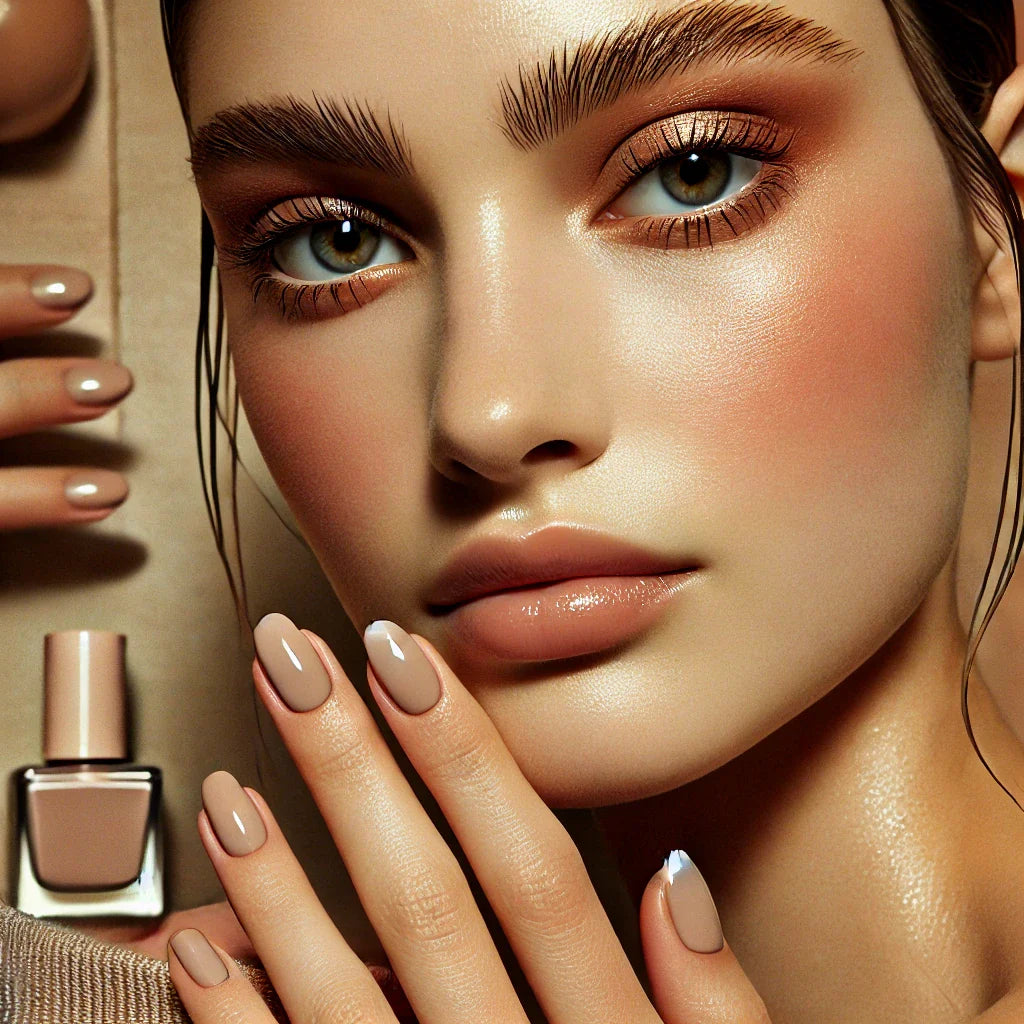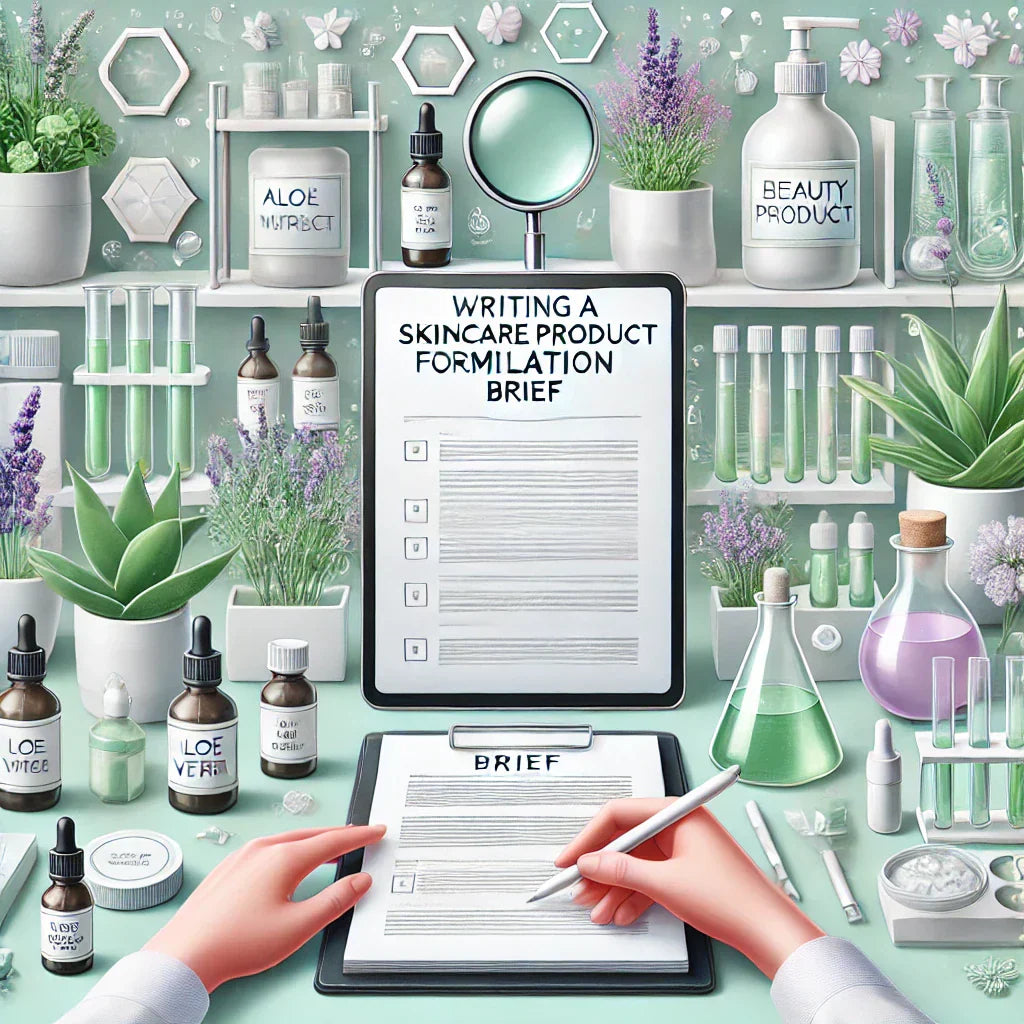Introduction
The beauty industry is set for another transformative year as 2025 ushers in trends shaped by empowered consumers, clinical advancements, and sustainability. Understanding these shifts isn’t just beneficial for brands and developers—it’s essential for staying competitive in the market.
This blog explores four key trends shaping beauty innovation in 2025, complete with actionable product development ideas and data-driven insights to inspire your next launch. Let’s dive in.
Trend 1: Beauty with a Brain
Empowered Consumers Demand Transparency
Consumers are savvier than ever, relying on ingredient education, social media, and AI tools to make smarter choices. They want products that deliver visible, science-backed results and expect brands to provide clear evidence of efficacy.
Key Insight:
- 86% of Filipino adults want to see more scientific evidence to support product claims (Mintel, June 2022).
Product Development Ideas:
-
Smart Serums: Create personalized serums using AI-based diagnostics to cater to unique skin concerns.
- Example: The Ordinary Niacinamide 10% + Zinc 1% – A consumer favorite for its clear ingredient benefits and results.
-
Transparent Oils: Offer oils with minimalist formulations, highlighting their scientific backing.
- Example: Biossance Squalane + Vitamin C Rose Oil – A sustainable and effective option for hydration and brightening.
-
Educational Campaigns: Pair your products with educational content to build trust and engage consumers.
Trend 2: Post-Procedure Beauty
Clinical-Grade Skincare for Recovery and Repair
As more consumers embrace treatments like microneedling, lasers, and peels, the demand for post-procedure skincare is growing. These products not only enhance results but also provide much-needed relief for sensitive, compromised skin.
Key Insight:
- 58% of Thai consumers already use dermocosmetic skincare products (Dynata/Mintel, December 2023).
Product Development Ideas:
-
Recovery Creams: Formulate barrier-repair creams with ceramides or panthenol to soothe irritation and restore skin.
- Example: La Roche-Posay Cicaplast Baume B5 – Known for its calming and healing properties.
-
Sensitive Skin Serums: Develop serums with peptides or antioxidants to accelerate recovery.
- Example: Avène Cicalfate+ Restorative Protective Cream – Perfect for post-treatment repair.
-
SPF Protection for Healing Skin: Create mineral-based sunscreens tailored for post-procedure needs.
- Example: EltaMD UV Clear Broad-Spectrum SPF 46 – Lightweight and dermatologist-recommended.
Trend 3: Sustainability as an Expectation
Eco-Conscious Beauty is Non-Negotiable
Sustainability is no longer a trend—it’s a baseline expectation. Consumers want products that are eco-friendly, multifunctional, and ethically sourced, while still delivering high performance.
Key Insights:
-
78% of Thai adults oppose buying from companies that behave unethically (Kantar Profiles/Mintel, March 2024).
-
85% of Vietnamese female adults expect brands to take the lead on addressing environmental issues (Kantar Profiles/Mintel, March 2024).
Product Development Ideas:
-
Upcycled Formulations: Use ingredients like fruit peels or argan shells to minimize waste.
- Example: UpCircle Face Moisturizer with Argan Powder – A sustainable moisturizer made from upcycled argan shells.
-
Lab-Grown Ingredients: Introduce biotech-driven alternatives like bio-squalane or fermented oils.
- Example: Biossance Squalane + Vitamin C Rose Oil – Made sustainably from sugarcane.
-
Refillable Packaging: Offer eco-friendly packaging with refillable options.
- Example: Kjaer Weis Cream Blush Refill – Combines luxury with sustainability.
Trend 4: Anti-Inflammatory Skincare
Calming Skin is the New Priority
With rising stress levels, harsh environmental conditions, and aggressive skincare routines, inflammation has become a common concern. Consumers are now looking for products that soothe, repair, and protect.
Key Insight:
- 42% of US consumers link stress and anxiety to worsening skin conditions (Mintel, March 2024).
Product Development Ideas:
-
Calming Gel Creams: Develop lightweight creams with calming ingredients like tiger grass (Centella Asiatica) to soothe irritation and reduce redness.
- Example: Dr. Jart+ Cicapair™ Cooling Gel Moisturizer for Redness – A soft, cooling gel cream that instantly hydrates and soothes visible redness.
-
Repairing Overnight Oils: Create overnight treatments using rosehip oil, rich in essential fatty acids and antioxidants, to rejuvenate and repair the skin barrier.
- Example: Pai Skincare Rosehip Bioregenerate Oil – A certified organic oil that deeply nourishes and locks in moisture, leaving skin soft and radiant.
-
Gentle Exfoliators: Introduce mild exfoliators with soothing properties to reduce irritation while promoting skin renewal.
- Example: Fresh Rose Face Mask – Hydrates and gently exfoliates the skin with real rose petals.
Conclusion
As 2025 unfolds, brands must align with consumer demands for transparency, clinical efficacy, and sustainability to remain relevant. These trends provide countless opportunities to innovate, whether it’s through post-procedure skincare, anti-inflammatory solutions, or eco-friendly formulations.
Discover More: Explore additional insights and trends in Mintel’s Global Beauty and Personal Care Trends 2025.
Take Action: Use these ideas as inspiration for your next product launch and lead the future of beauty with innovation and purpose.



